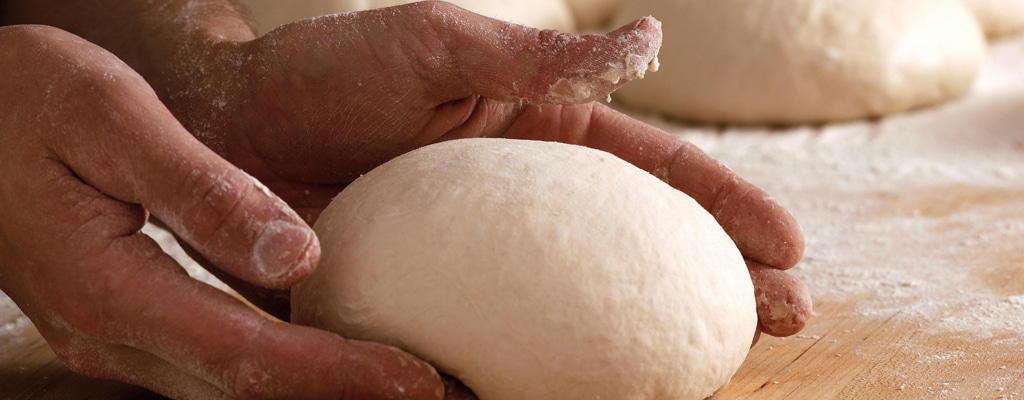Naturally leavened bread… The details…

Whoopie Pies and Hucklebucks
January 30, 2014Most of the breads that we make are what we like to refer to as “naturally leavened.” Although this is a term that many people are not familiar with, we have stuck with it because the more expedient “sourdough” has obvious flavor connotations that we hope are not descriptive of our breads and because sourdough breads in this country are most commonly associated with the San Francisco style of sourdough. Our naturally leavened breads have more in common with the European bread making traditions, so we feel that people would be confused to find that our breads are not as sour as those that are of the San Francisco style.

With naturally leavened bread, the magic of bread baking—the leavening process—originates right here within the four walls of the bakery. This takes bread making to another level—we need to be continually attentive to the microorganisms that we are nurturing. And with this method, it’s not just yeast that we’re “farming.” Beneficial bacteria plays an equally important role in the making of this bread. This puts naturally leavened bread more in the realm of fermented foods such as yogurt and tempeh. Of course, this is nothing new. This is how bread was originally made. If you look at the entire history of bread making, bread made with commercial yeast is really the new thing.

With industrialization, came mass-produced food—food made by machines rather than human hands. “Commercial” yeast was developed to facilitate faced-paced factory production of bread without much input from a human being. Interestingly, one theory as to where the wild yeast comes from in natural leaving is from bakers working the starters with their hands. So maybe the mechanization of the bread baking process necessitated the introduction of yeast from another source—something to replace the yeast that had previously come from the human. When machines began to make bread, the bread lost the flavor, character, and nutritional value that it once had. And bakers became technicians rather than craftspeople…
The popularity of commercial yeast spread to home baking and to most small bakeries. Throughout most of the industrialized world, the craft of bread making as it had been practiced for thousands of years was all but lost. …until some people began to realize that their bread didn’t taste like anything…
We are still in the midst of what some have called the “Bread Revolution” in this country and in many places in Europe. Craft bakers may use a small amount of commercial yeast in certain breads (as we do in our baguettes and Cyrus Pringle breads), but the methods used to make those breads are similar to those used for naturally leavened breads. In other words, the flavors and textures that come from long fermentation are at the forefront. Each day, we are engaged in a process of creation rather than assembly. The food we make uses minimally processed ingredients, and not many of them. We make only a few breads that have anything other than flour, water, and salt added to them; and for those, we select ingredients and add them at such a rate so as not to overwhelm the character of the naturally leavened bread that is at the root of all we do.
When the bread is good, we can take full responsibility for it (just as we can when the bread is not so good). Every day, as bakers, we have to be in touch with the living organisms that create the bread we make. If we are sensitive to how the starters are reacting to the weather and the ingredients, we see good results. When we misjudge their behavior, we pay for that mis-judgement in substandard bread. We bake without the safety net that commercial yeast provides.



